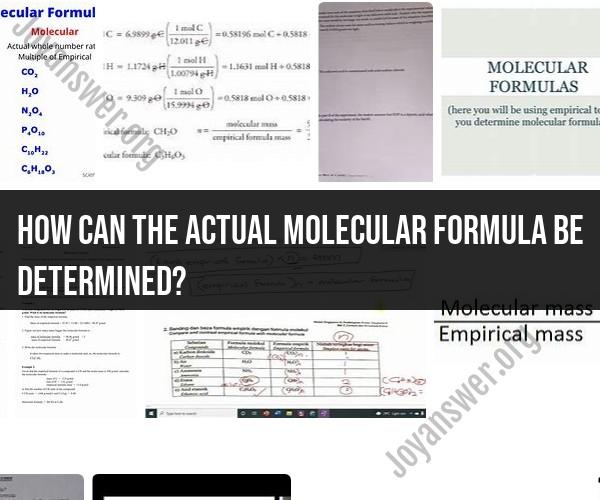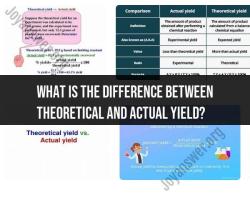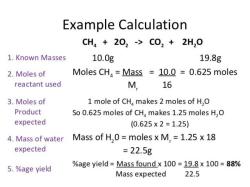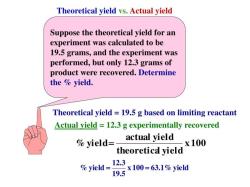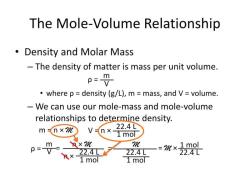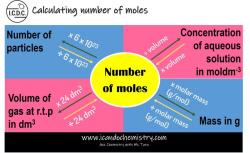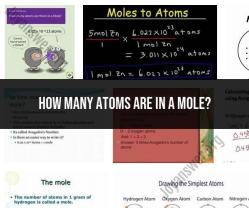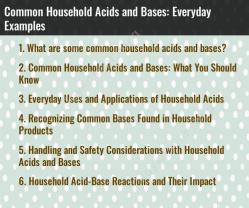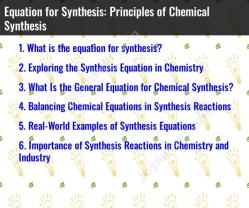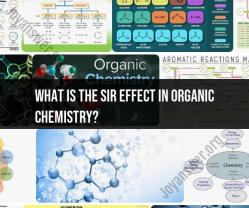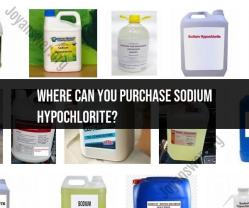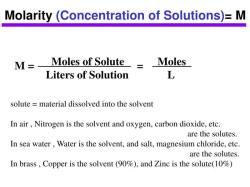How can the actual molecular formula be determined?
The actual molecular formula of a compound can be determined through various chemical analysis techniques and experimental data. To find the correct molecular formula, you generally need the following information:
Empirical Formula: Start with the compound's empirical formula, which represents the simplest whole-number ratio of the elements present in the compound. This can be determined through elemental analysis or by analyzing the mass ratios of the elements in a sample.
Molar Mass: Calculate the molar mass of the empirical formula. This can be done by summing the atomic masses of all the atoms in the empirical formula. The molar mass represents the mass of one mole of the compound.
Experimental Data: Collect additional experimental data, such as the compound's density, spectroscopic data (e.g., infrared spectroscopy or nuclear magnetic resonance), or mass spectrometry data. These data can provide insights into the compound's molecular structure.
Determine the Ratio: Compare the molar mass of the empirical formula with the molar mass determined from experimental data. If the two values are the same, the empirical formula is also the molecular formula. However, if they are different, you need to find the ratio between the two molar masses.
Adjust the Ratio: Adjust the subscripts in the empirical formula to match the ratio determined from experimental data. This will give you the correct molecular formula.
Here's a simplified example:
Empirical Formula: C2H5 (for a compound with 2 carbon atoms and 5 hydrogen atoms).
Experimental Data: The molar mass determined from experimental data is 58 g/mol.
Molar Mass of Empirical Formula: C2H5 = (2 × 12.01 g/mol) + (5 × 1.01 g/mol) = 29.07 g/mol
Ratio: 58 g/mol (experimental molar mass) / 29.07 g/mol (molar mass of empirical formula) ≈ 2
Adjust the Ratio: Multiply the subscripts in the empirical formula by 2 to get the correct molecular formula: C4H10.
So, in this example, the actual molecular formula is C4H10, which represents butane.
Determining the actual molecular formula may require multiple analyses and careful interpretation of experimental data. It's essential to consider all available information to arrive at the correct molecular formula for a compound.
Unraveling Molecular Formulas: Determining the Actual Structure
Molecular formula is the chemical formula that shows the number of atoms of each element in a molecule. It is important to determine the molecular formula of a compound in order to understand its structure and properties.
There are a number of techniques that can be used to determine the molecular formula of a compound. Some of the most common techniques include:
- Elemental analysis: This technique involves determining the mass percentage of each element in the compound. This information can then be used to calculate the empirical formula of the compound. The empirical formula is the simplest whole-number ratio of atoms in a compound.
- Mass spectrometry: This technique involves measuring the mass-to-charge ratio of ions produced from the compound. This information can then be used to determine the molecular formula of the compound.
- Nuclear magnetic resonance (NMR) spectroscopy: This technique involves using a magnetic field and radio waves to probe the structure of molecules. NMR spectroscopy can be used to determine the type and number of atoms in a molecule, as well as their bonding relationships.
The Journey to Discovering Molecular Formulas: Techniques and Methods
The journey to discovering molecular formulas has been a long and challenging one. Early chemists used a variety of methods to determine the elemental composition of compounds, but it was not until the late 19th century that the concept of molecular formula was developed.
One of the key breakthroughs in the determination of molecular formulas was the development of mass spectrometry. Mass spectrometry was first developed in the late 19th century, but it was not until the mid-20th century that it became a widely used technique for determining molecular formulas.
Another key breakthrough was the development of NMR spectroscopy. NMR spectroscopy was first developed in the early 1950s, and it quickly became a powerful tool for determining the structure of molecules.
Tools and Approaches for Accurate Molecular Formula Determination
Today, there are a number of sophisticated tools and approaches that can be used to determine the molecular formula of a compound with high accuracy. Some of the most common tools and approaches include:
- High-resolution mass spectrometry: High-resolution mass spectrometry can be used to measure the mass-to-charge ratio of ions with very high accuracy. This allows for the determination of molecular formulas with very high precision.
- Two-dimensional NMR spectroscopy: Two-dimensional NMR spectroscopy can be used to determine the bonding relationships between atoms in a molecule. This information can then be used to confirm the molecular formula of the compound.
- Computational chemistry: Computational chemistry can be used to predict the molecular formula of a compound based on its structure. This information can then be used to guide the experimental determination of the molecular formula.
The development of sophisticated tools and approaches for molecular formula determination has revolutionized our understanding of the molecular world. Today, chemists can determine the molecular formula of almost any compound with high accuracy. This information is essential for understanding the structure and properties of compounds, and for developing new materials and technologies.
